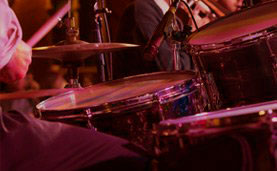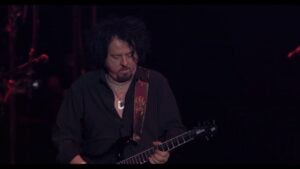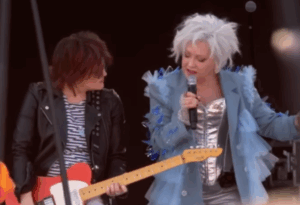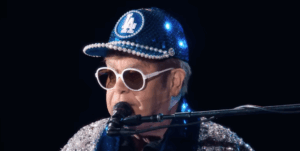Nirvana’s Public Feud with Pearl Jam Was Purely a PR Stunt, Rock Author Claims
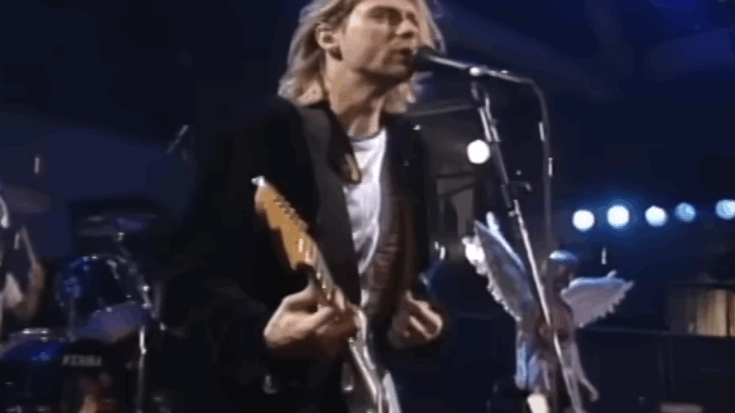
via Nirvana / YouTube
The story of Nirvana versus Pearl Jam has been retold so many times that it became part of 1990s rock mythology. Fans, journalists, and even casual listeners grew up hearing that the two biggest bands of the Seattle era couldn’t stand each other. But according to rock author Selena Fragassi, the feud wasn’t what people believed. It was mostly a product of media exaggeration and a misunderstanding of each band’s public image.
Fragassi, who wrote Pearl Jam Live!: 35 Years of Legendary Music and Revolutionary Shows, explained that footage and interviews over the years show moments of warmth—not hostility—between Nirvana and Pearl Jam. She pointed to the “Pearl Jam 20” documentary, which revealed a backstage embrace between Kurt Cobain and Eddie Vedder at the MTV Awards. It was a brief moment, but enough to show that the narrative of their supposed war didn’t reflect reality.
At the same time, Cobain’s public comments added fuel to the fire. He criticized Pearl Jam in interviews, calling them “corporate” and accusing them of playing into mainstream expectations. These comments, paired with the band’s rise to sudden fame, created a storyline that the press eagerly amplified. But behind the scenes, the relationship between the two bands was far more nuanced.
How the Media Built the Myth
Throughout the early ’90s, the alternative rock boom produced intense public scrutiny, and Nirvana and Pearl Jam became the unwilling faces of the movement. Cobain’s dismissive remarks made for great headlines, so the press repeated them constantly. Outlets highlighted every negative quote, framing Cobain as fiercely protective of punk authenticity while portraying Pearl Jam as newcomers riding the wave. That imbalance created the impression of a deep, ongoing feud.
Fragassi argued that the “rivalry” was heavily shaped by selective storytelling. Even when the bands interacted peacefully, the public saw only the conflicts. The “Pearl Jam 20” footage proved that friendly moments existed, but almost none of those moments were reported at the time. The media preferred drama, especially between two of the fastest-rising bands in the United States.
Members of Pearl Jam later admitted that they never understood where the anger was coming from. Mike McCready said Cobain didn’t know them well enough to judge them, and Eddie Vedder admitted he felt confused by the criticism. Instead of firing back, Pearl Jam stayed quiet, which only made the narrative appear more one-sided. By the time the bands privately connected, the public feud had already taken on a life of its own.
Ideology, Not Personal Conflict
Fragassi believes the tension between the two groups came from differing philosophies rather than any personal dislike. Nirvana held tightly to its punk principles and resisted being labeled mainstream, even as fame became unavoidable. Pearl Jam, on the other hand, didn’t intentionally seek mainstream success; it simply happened. That difference in how each band processed sudden global attention helped create friction—or at least the perception of it.
Cobain’s harsh comments were also tied to his personal struggles. During interviews, he was juggling addiction, mental health issues, and pressure from fans and the industry. Criticizing Pearl Jam sometimes served as a way to deflect attention from his own internal battles. Fragassi noted that this wasn’t unusual for Cobain, who often redirected scrutiny away from himself when he felt overwhelmed.
Even with these differences, both bands operated with similar values. They resisted the “voice of a generation” label, avoided corporate influence, and tried to keep their music rooted in authenticity. Fragassi emphasized that the overlap between the two groups was much larger than people realized. The ideological divide looked big from the outside, but in reality, it was much softer and more situational than fans were led to believe.
Private Moments that Shattered the Feud Narrative
One of the most striking pieces of evidence that the feud was exaggerated came from a personal moment at the 1992 MTV Video Music Awards. During Eric Clapton’s emotional performance of “Tears in Heaven,” Cobain and Vedder were seen slow dancing under the stage. Vedder remembered the moment fondly, recalling Cobain’s voice and the normal, friendly conversation they shared away from the cameras.
By the time Cobain passed away in 1994, the tension between the two bands had faded. Cobain even told interviewers that Vedder was a “really nice person,” and the two had enjoyed a genuine conversation over the phone. Vedder later spoke about his admiration for Cobain, acknowledging his influence on an entire generation of musicians and fans. These reflections made the idea of a bitter feud seem even more unrealistic.
Today, the supposed Nirvana–Pearl Jam war is viewed more as a product of the era’s media landscape than an actual conflict. Both bands were under immense pressure, both were navigating sudden fame, and both were misunderstood in different ways. Fragassi’s comments helped solidify what fans have slowly realized over the years: the feud was largely symbolic, a convenient storyline that masked a far more respectful and human connection between two defining forces of the grunge era.


